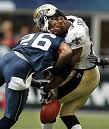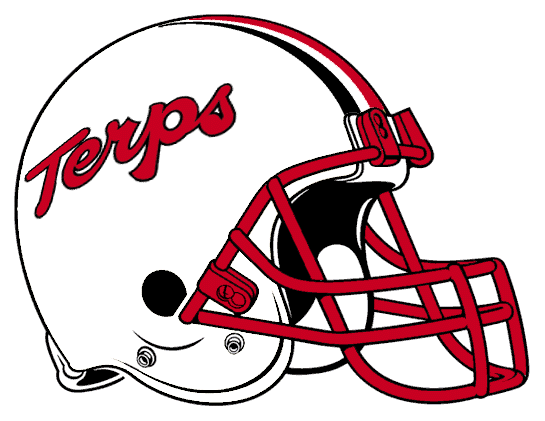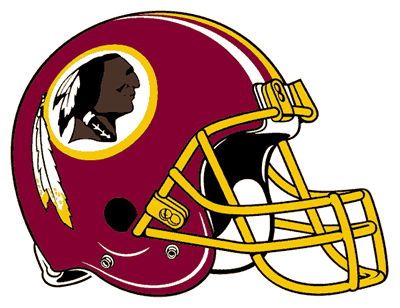"More than 10 percent of high school athletes participating in contact sports in the United States sustain a concussion each season, according to previous studies. A concussion can occur when the brain is violently rocked back and forth inside the skull due to a blow to the head or upper body. A concussion is a trauma-induced alteration of mental status that may or may not result in loss of consciousness. Other symptoms may include disorientation, confusion, dizziness, amnesia and uncoordinated hand-eye movements."
This information came from http://www.neuroskills.com/pr-athletes.shtml
High school athletes should be a top priority of doctors. Many times these athletes will go back to their normal, contact, activities without having fully recovered from their injuries. Not only is this preventing the damage from healing, it can also very easily make it worse. There needs to be strict monitoring of brain activity before any decisions are made about re-entering in sports.
The reason why this is so common is because many young athletes do not understand the fact that they are hurting themselves by going back to playing before they are healed. And that can only hurt the in the long run.










No comments:
Post a Comment